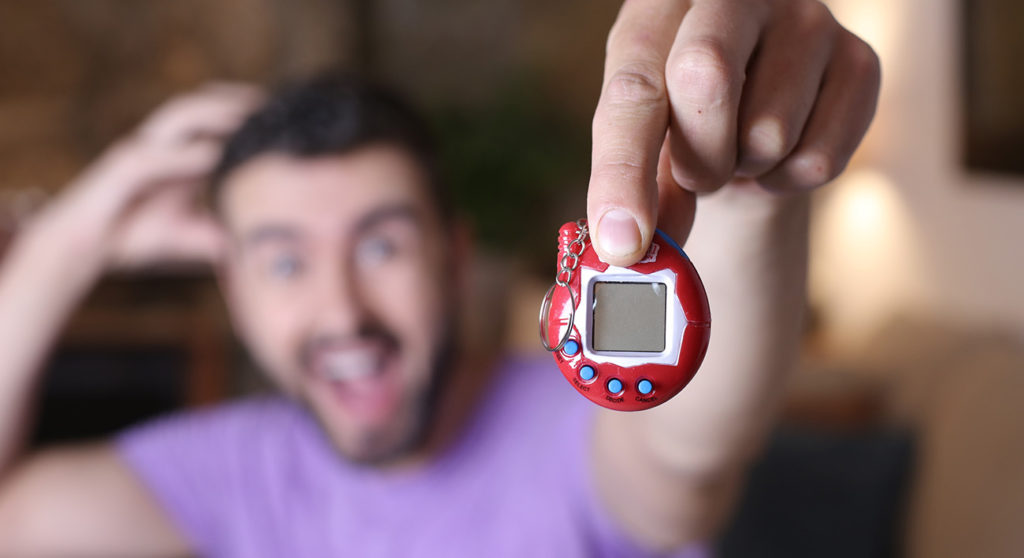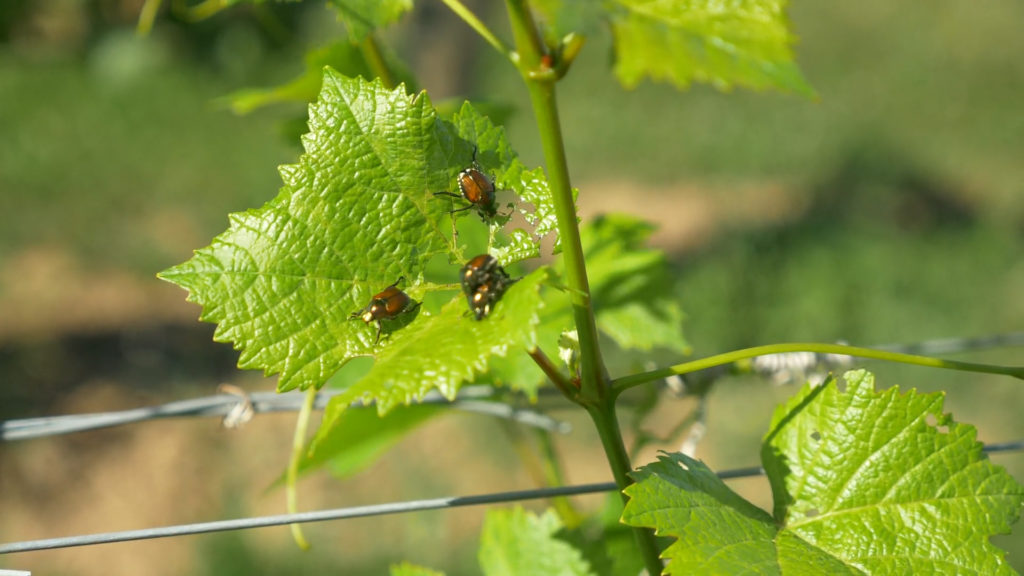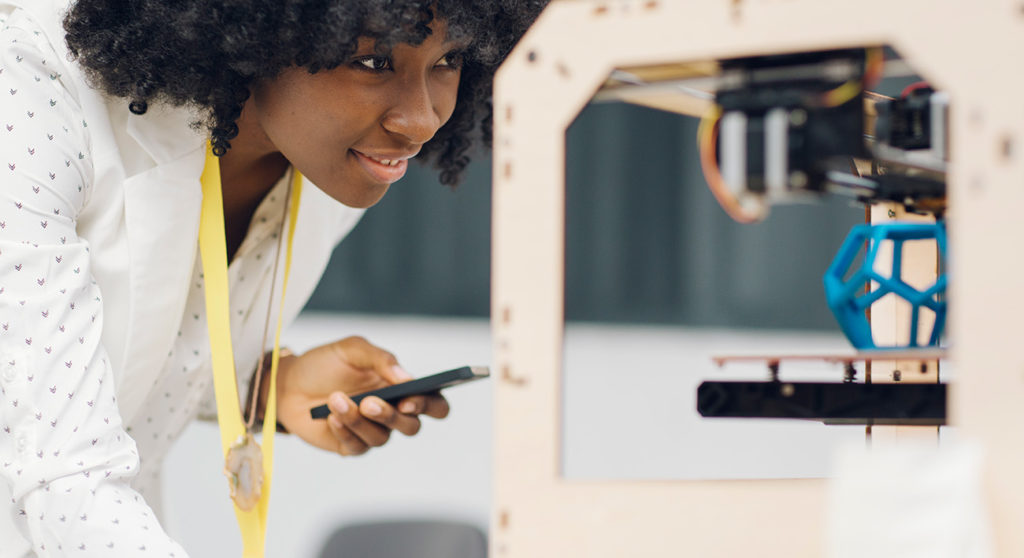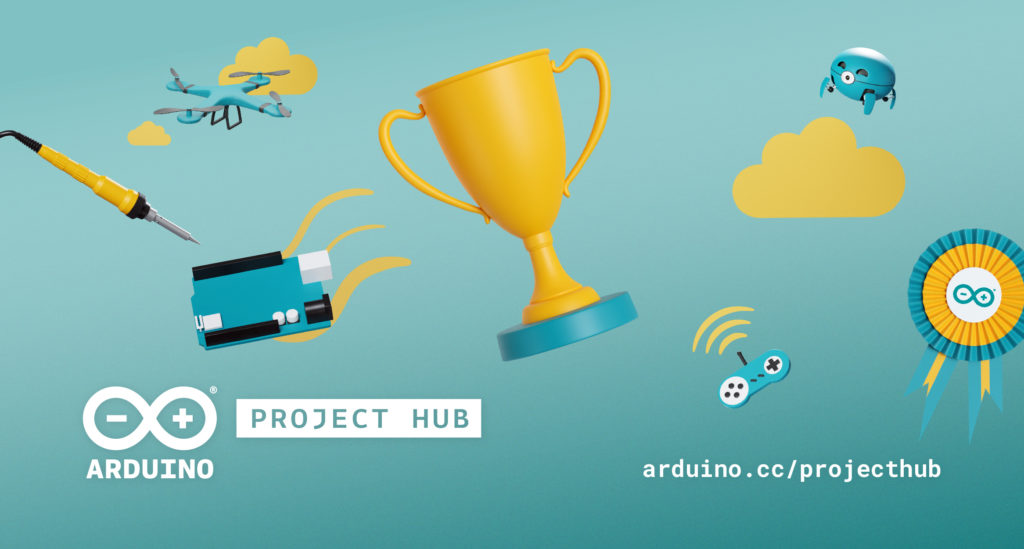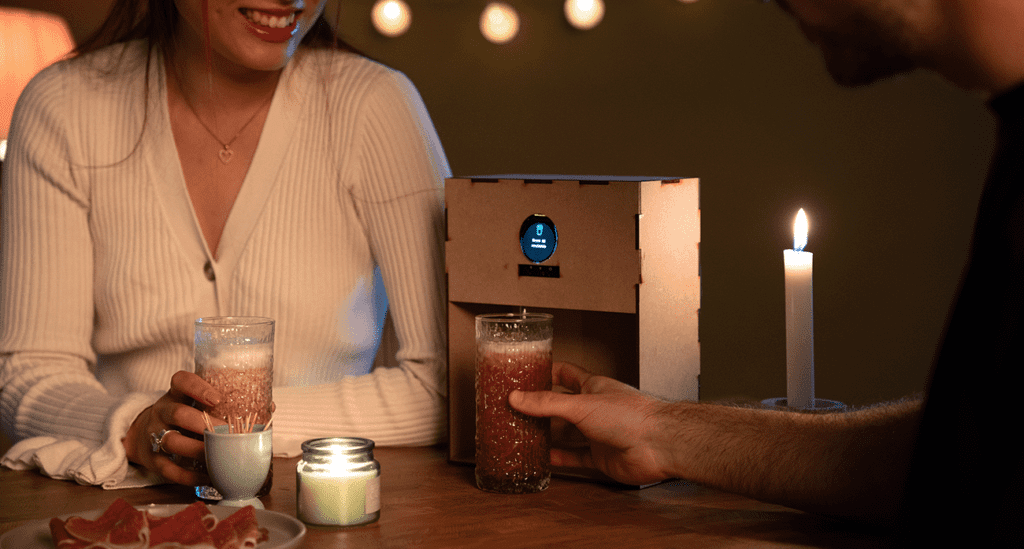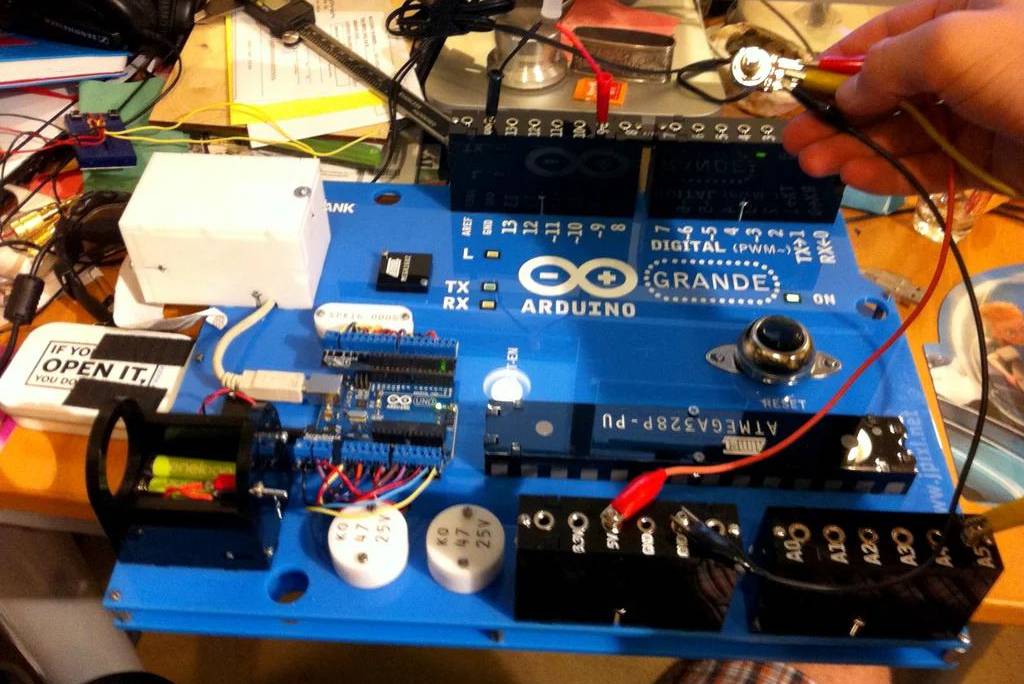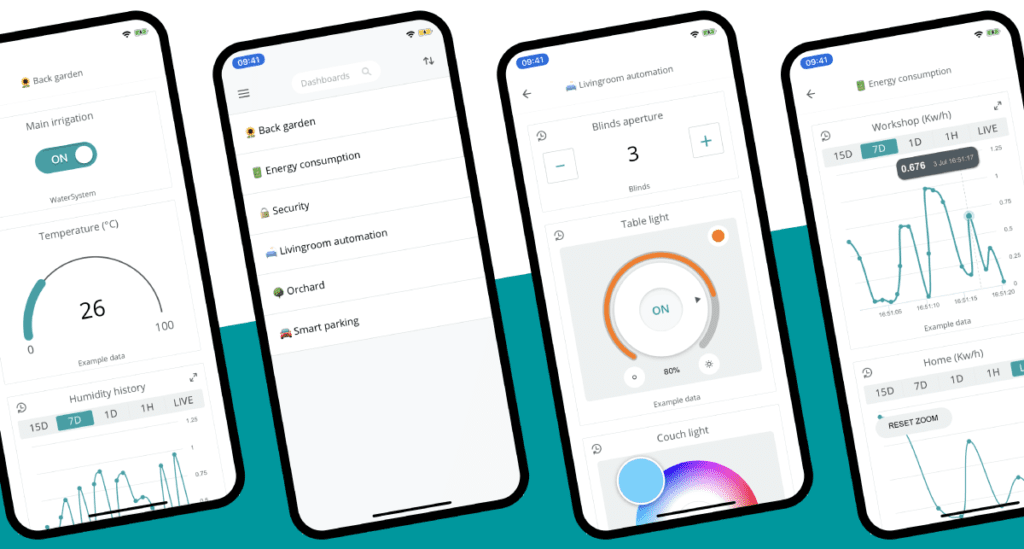Schlagwort: project
-

A history of robotic pets (and how to make your own)
Reading Time: 4 minutesHumans have domesticated animals since the dawn of time. Dogs (our oldest furry friends) were owned by humans as far back as 30,000 years ago, and since then we’ve formed bonds with all kinds of different creatures. It was only in the last century, though, that we started to actually build our…
-

Vineyard pest monitoring with Arduino Pro
Reading Time: 7 minutesThe challenge Pest monitoring is essential for the proper management of any vineyard as it allows for the early detection and management of any potential pest infestations. By regularly monitoring the vineyard, growers can identify pests at early stages and take action to prevent further damage. Monitoring can also provide valuable data…
-

Get More Out of Your Smartphone with Arduino
Reading Time: 5 minutesOur smartphones go pretty much everywhere with us, and we use them for more things than we even realize. From literally the very moment we’re startled into life in the morning, until the one final doom scroll through social media before bed, our phones are with us. It makes sense, then, to…
-

Arduino Project Hub: Share and compete in Project of the Month!
Reading Time: 2 minutesAfter the successful launch of the new Project Hub at the end of last year, we are ready for a new challenge and the opportunity for you to be rewarded for your awesome work. Starting February 1st, we are launching a new ‘Arduino Project of the Month’ competition for everyone in our…
-

How a Smart Home Can Be A Safer Home
Reading Time: 4 minutesSecurity is one of the things we value most in our homes. A home is somewhere to feel safe, protected from the harms of the outside world. As a result, we tend to invest a lot of money in security features like well-locked doors, alarms, and cameras. Most of the tools we…
-

40+ Ideas For Your Next Home Automation Project with Arduino Cloud
Reading Time: 3 minutesArduino Team — September 2nd, 2022 Home automation has increasingly become a need in our lives. Without even noticing it we have been adding connected elements to our homes and buildings to make our lives easier and nowadays we are surrounded by electronic devices that monitor our environment, control our lighting systems…
-

Our 12 favorite Arduino UNO projects
Reading Time: 3 minutesThe UNO wasn’t Arduino’s first board, and it won’t be its last. There have been many varieties of microcontroller and maker boards before and after the UNO, but none have been as iconic. As we cross the epic milestone of 10 million UNOs sold and the launch of the UNO Mini Limited…
-

Control your Internet of Things projects from anywhere with the new Arduino IoT Cloud Remote app
Reading Time: 2 minutesControl your Internet of Things projects from anywhere with the new Arduino IoT Cloud Remote app Arduino Team — July 22nd, 2020 The perfect companion to the Arduino IoT Cloud! Develop your IoT solution online via a desktop, then monitor and control your dashboards on your mobile with the new Arduino IoT…
